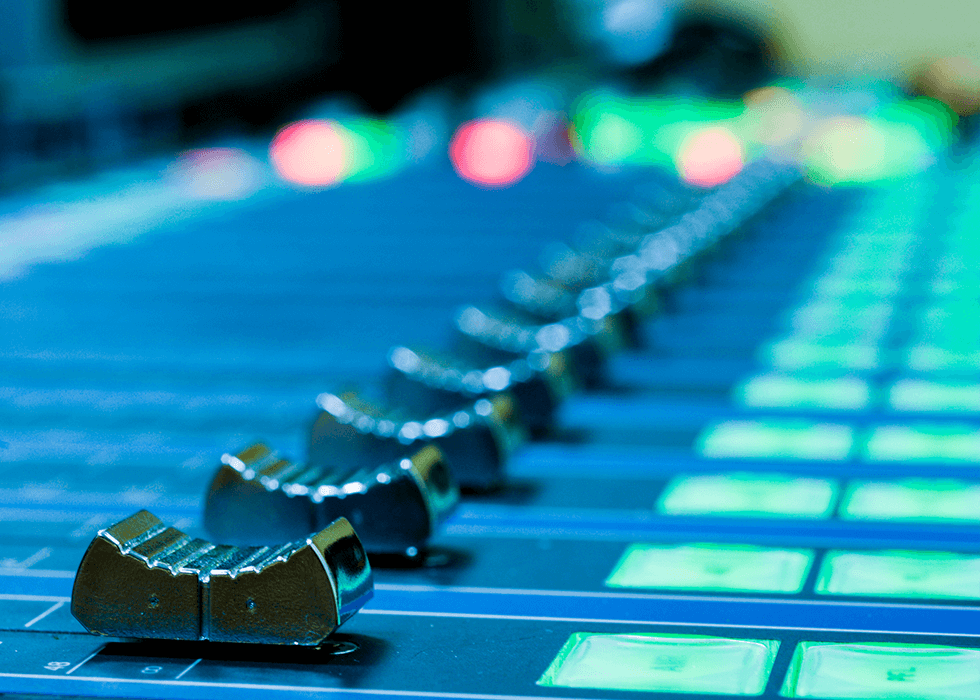What's the Future of Streaming?
During the pandemic, streaming services kept businesses running, friends connected and entertainment rolling out to fans. Now that streaming has become indispensable, what else can it do?
Predicting the future of streaming today is like trying to predict the future of the internet 30 years ago. The precedent has already been set. The future is limitless.
Fact-check that. Look at what streaming has done in the past 18 months. Streaming changed the way we work by allowing industry to set up shops inside of homes. When the theaters went dark, streaming stepped in and allowed us to continue to consume entertainment. It was streaming that kept us connected to our friends and families while we were advised to avoid seeing them in person. Streaming picked up the slack left by a year spent sheltering indoors and introduced us all to new friends, opportunities, and ideas that would have been otherwise inaccessible.
So yeah, I say streaming helped save the world. And it’s just getting started.
Streaming’s adoption will continue to grow as platforms continue to stretch their service offerings. Today, one-to-many is not the only way to send a stream. This concept has already been turned inside out as platforms work harder to mimic real-life situations in the virtual space.
Now, streaming, like real life, is about give and take. It’s an interaction, not a show. Participation options like polling, Q&A, and live chats have only scratched the surface of how much reciprocal connection is possible in a livestreamed event.
Going forward, the line between presenter and viewer will be blurred such that it will be possible for an attendee to arrive as a viewer with a question and leave after hopping on stage to give an impromptu explanation of their own field of expertise. This is already happening on a particularly exclusive audio-only, partyline app inspired by the podcast, a one-to-many classic. So the stage is set for a culture of dismantling the fourth wall for the good of making space for more voices to be heard. Blurring the line between presenter and audience in this way engages and excites all participants by bringing the magic of randomness into the virtual space. Expect this culture shift to be invited to a variety of production environments from corporate to art to house of worship streams and more.
As we move beyond the era of streaming as a pandemic-induced necessity, another culture shift will unfold.





